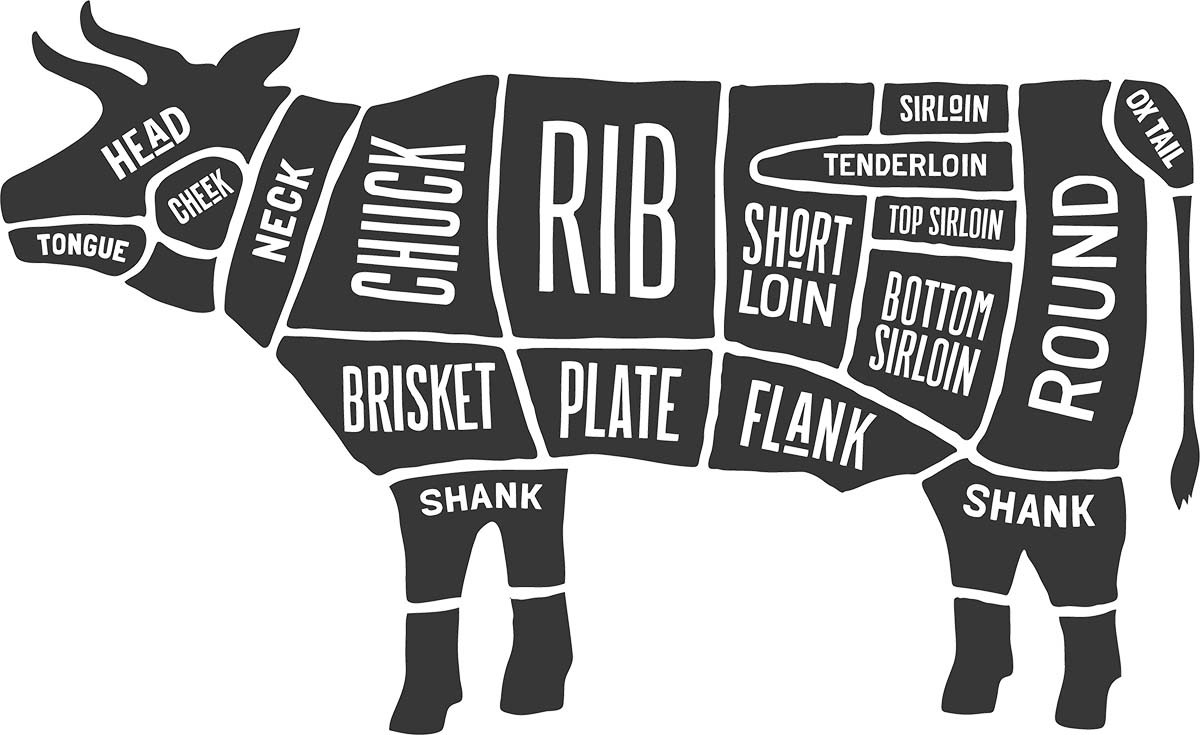Forage Sorghum
posted on
August 26, 2022
We have been experimenting the last 2 years with Forage Sorghum. It’s a crop native to Africa and thus likes the warm weather. It needs soil temperatures in the 60s to germinate (June+). But it grows from seed to ready to harvest in 60 days! Corn by comparison is about 100 days from seed to chopping for silage, so when we have tighter windows it is a good fit. We have found out the hard way that it wants to be planted with a corn planter even though it has tiny seeds because it needs very uniform seed placement. So we retrofitted our corn planter to make it work, took a few strips of cardboard & electrical tape to keep the seed from falling through tiny gaps in the corn planter but we got it working. Next issue we found were that bugs are attracted to its sweet sugar cane smell. So far we have dealt with ear worms, army worms, aphids and cicadia killers! The cicadia killers looked like hornets but were just after the sweet sap, there were millions of them on the field in front of our house (and on our porch). Our experiment with adding parasitic wasps to the fields instead of spraying for army worms seems to have worked, army worms were kept in check. We tried something new last week, we planted the forage sorghum across rows of newly planted ryegrass/wheat/clover mix. The goal is to harvest the forage sorghum in early October and the ryegrass/wheat/clover will get a good start with deep roots and then continue growing throughout the fall and next spring. If we can make this work, it will give us 3 silage harvests per year; Ryegrass in late April, Corn in mid August, Forage Sorghum in October and grazing Nov-Jan, March…
Now that I’ve been turned on to the fact of getting more production out of your soils is actually beneficial to the soil (more roots left behind), I’m on a quest to maximize above & below ground production. Field of straight grass = max of 6 tons of above ground growth, 1-3 tons of roots. Where with the rotation above will yield 40 tons of above ground growth 6-8 tons of roots. My guesstimate is 4 tons of carbon capture versus 30 tons! I don’t think we will be able to do all our fields like this because of the tight windows of opportunity with the weather but it can be the goal that we take advantage of when we can.
Late October is the best time to visit the farm, lush ryegrass & newborn calves…




